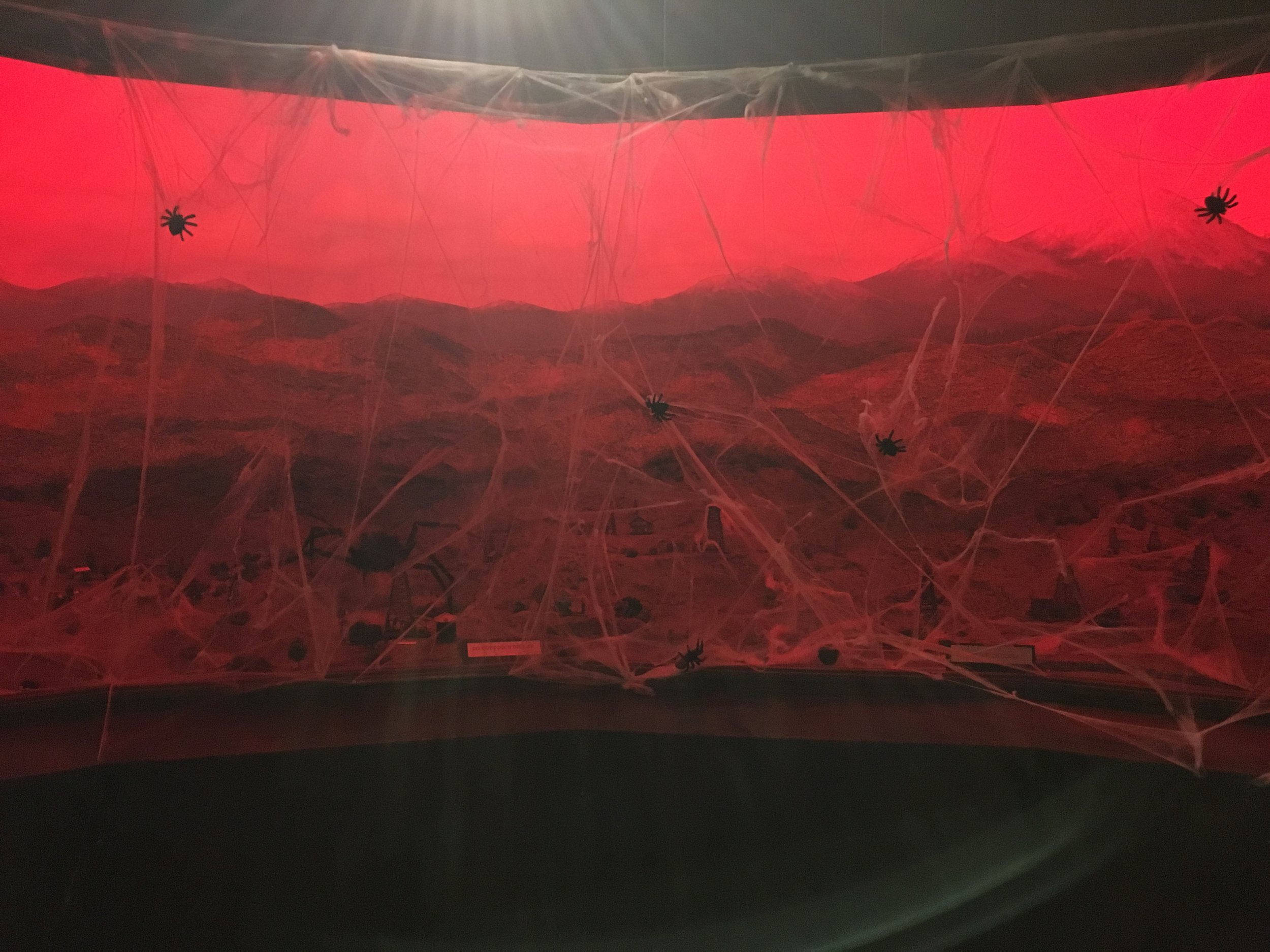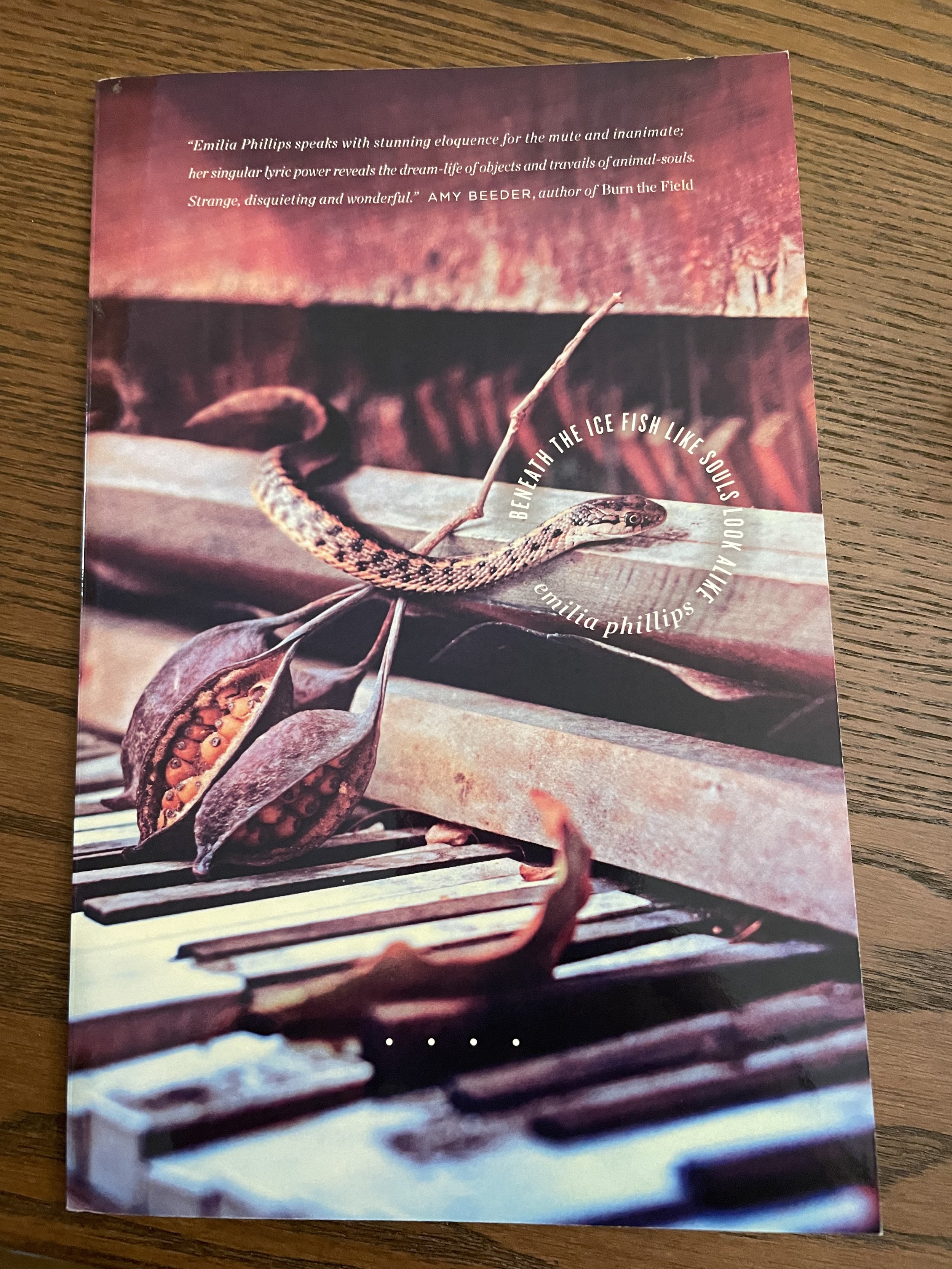With the holidays, I will likely be even more behind on prompts than usual. I will try to make this prompt the last sad one for the year. Try!
InSight, NASA’s Mars lander will soon lose power and go offline. Its last message is strangely heartbreaking. Here is the Guardian’s article on InSight and its mission on Mars.
For the first prompt, write your final goodbye in a poem.
For the next prompt, write a poem or short story from the perspective of a mission team member receiving Insight’s message or from one of its programmers.
Your next prompt is to write the final message from your coffeemaker, laptop, or appliance, or even your favorite sweater or chair. What kind of “life” did it have? Will it miss you?
For a final prompt, write your last moments from the perspective your household appliances, furniture, and decor.




















































